The science behind the irresistible puffiness of Brazilian cheese bread, or pão de queijo, has fascinated bakers and food scientists alike. These golden-brown orbs, crisp on the outside and chewy on the inside, undergo a remarkable transformation in the oven. Unlike traditional bread, which relies on yeast or chemical leavening agents, pão de queijo achieves its signature rise through a combination of unique ingredients and precise baking techniques. The result is a gluten-free delight that has captured hearts worldwide.
At the core of this culinary magic lies tapioca starch, a key ingredient extracted from the cassava root. When mixed with liquid and heated, tapioca starch undergoes gelatinization—a process where the starch molecules absorb water and swell dramatically. This creates a viscous, elastic dough that traps steam during baking. As the temperature rises in the oven, the expanding steam pushes against the stretchy starch network, causing the dough to balloon into its characteristic round shape. The high starch content also contributes to that distinctive chewiness that makes these rolls so addictive.
The cheese component—typically Parmesan or Minas cheese—plays a dual role in the bread's expansion. During mixing, the grated cheese distributes fat pockets throughout the dough. When heated, these fat pockets melt, creating microscopic channels that allow steam to circulate evenly. Meanwhile, the proteins in the cheese coagulate at around 160°F (71°C), forming a supportive structure that prevents collapse. This protein network works in tandem with the gelatinized starch to maintain the bread's inflated form even after removal from the oven.
Moisture balance proves critical to achieving the perfect puff. Too much liquid, and the dough becomes slack, unable to hold its shape; too little, and the starch can't properly gelatinize. Traditional recipes often call for a combination of milk, oil, and eggs—the milk providing water for starch absorption, the oil tenderizing the crumb, and the egg proteins adding structural support. Some bakers swear by resting the dough overnight, allowing the tapioca starch to fully hydrate and develop the ideal consistency for maximum oven spring.
The baking process itself resembles a carefully choreographed performance. Initial high heat—around 375°F (190°C)—creates a rapid burst of steam, jumpstarting the expansion. As the exterior sets and browns, the interior continues cooking through residual heat. Professional bakers often rotate pans midway to ensure even exposure, as hot spots can cause lopsided swelling. The telltale sound of hollow tapping indicates successful inflation—a crisp shell encasing an airy, cheese-perfumed interior.
Modern variations have explored the limits of this膨胀 phenomenon. Some artisanal versions incorporate carbonated water or baking powder for extra lift, while others experiment with different cheese blends to alter the melt profile. Food scientists note that the absence of gluten—which typically provides structure in wheat breads—makes the tapioca-cheese matrix particularly fascinating. Its ability to stretch without tearing allows for that dramatic initial rise, then sets firmly to preserve the hollow center.
Beyond the kitchen, pão de queijo's膨胀 properties have inspired material science research. The way the starch-cheese composite manages gas retention and structural integrity has parallels in biodegradable packaging development. Meanwhile, home bakers continue chasing that perfect puff—the moment when the dough balls emerge from the oven, gloriously expanded, their crackled surfaces hinting at the warm, chewy delight within. This humble Brazilian staple proves that sometimes, the most ordinary ingredients can create extraordinary transformations.
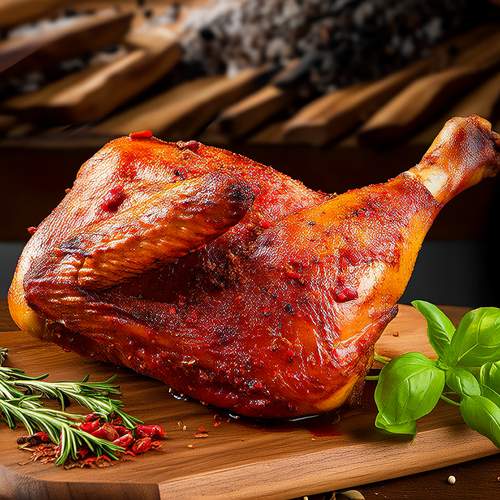
By /May 26, 2025
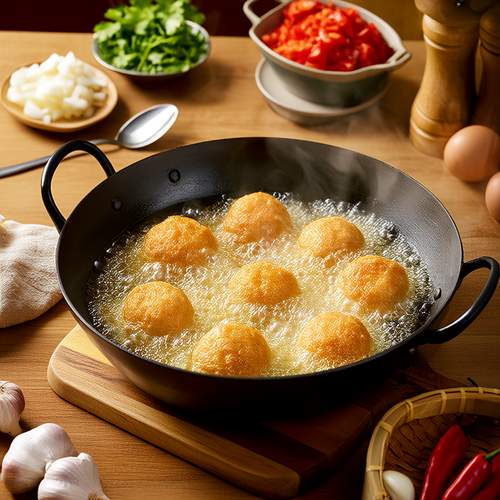
By /May 26, 2025
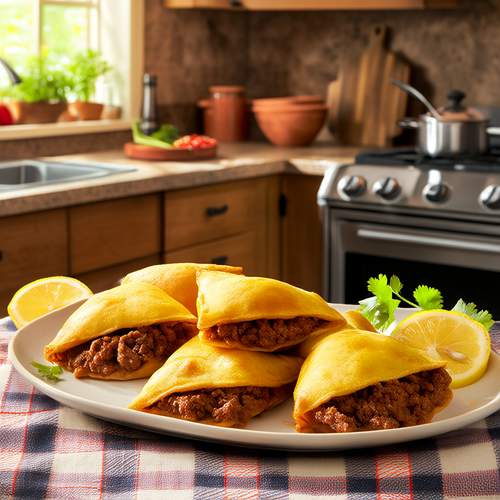
By /May 26, 2025
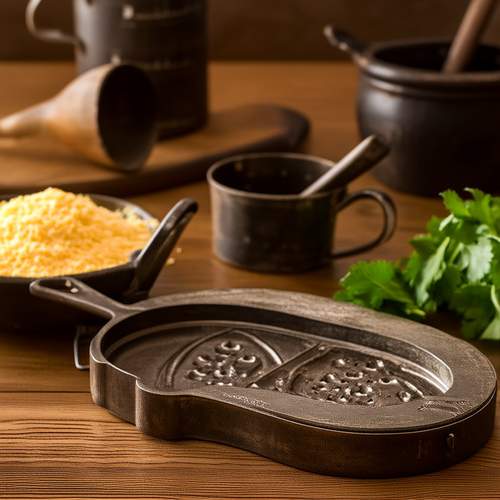
By /May 26, 2025
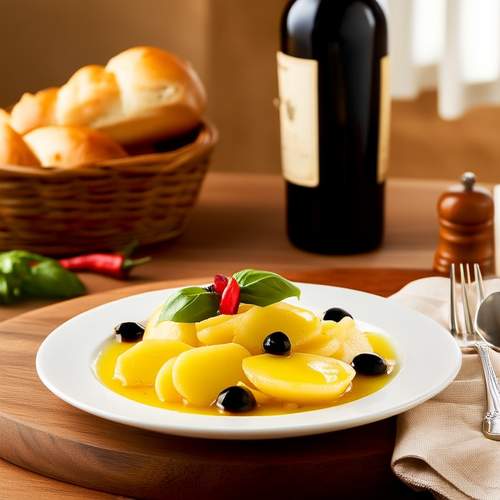
By /May 26, 2025
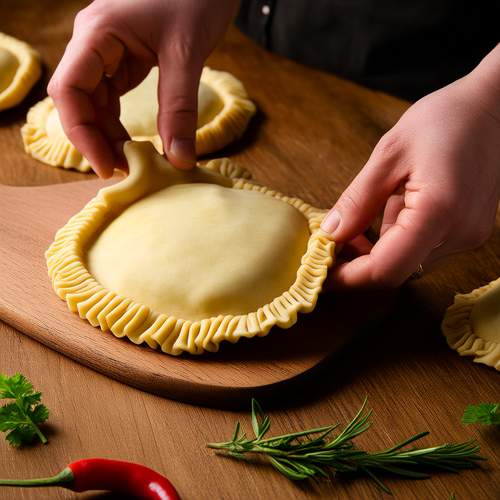
By /May 26, 2025
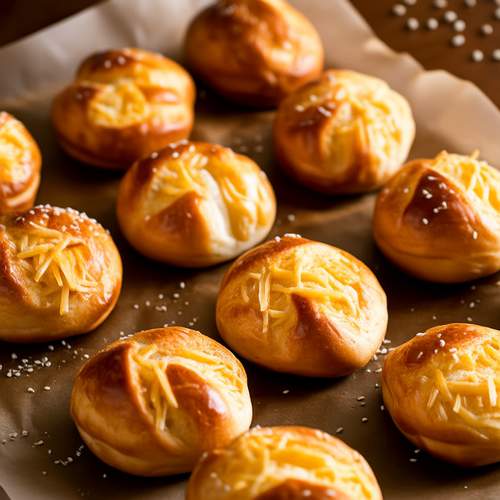
By /May 26, 2025
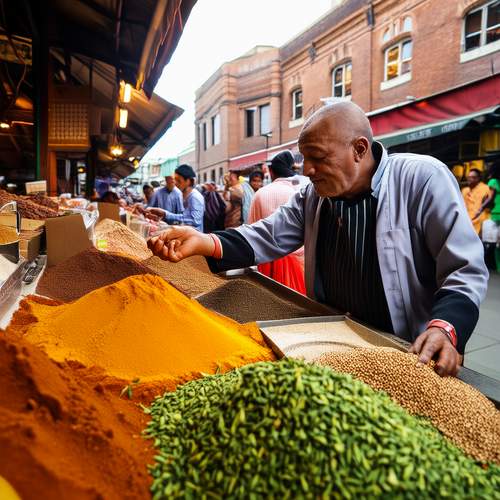
By /May 26, 2025
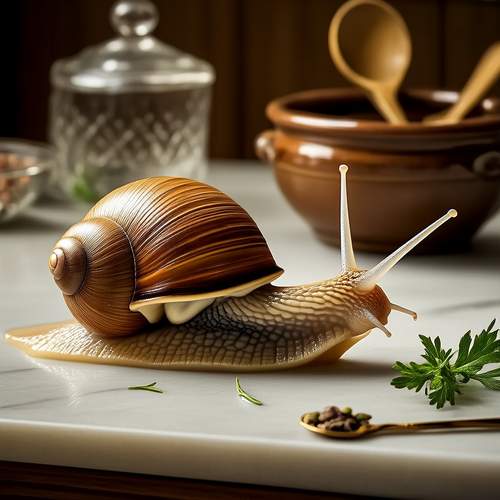
By /May 26, 2025
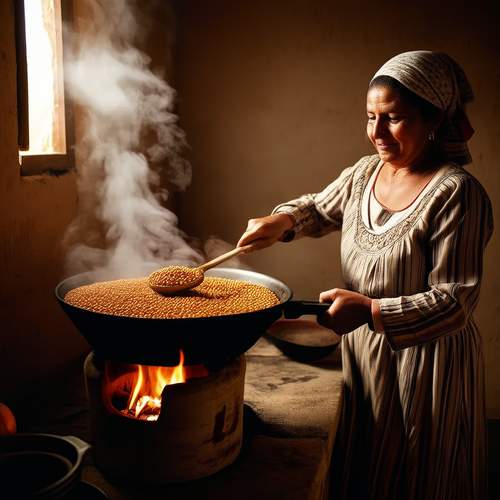
By /May 26, 2025
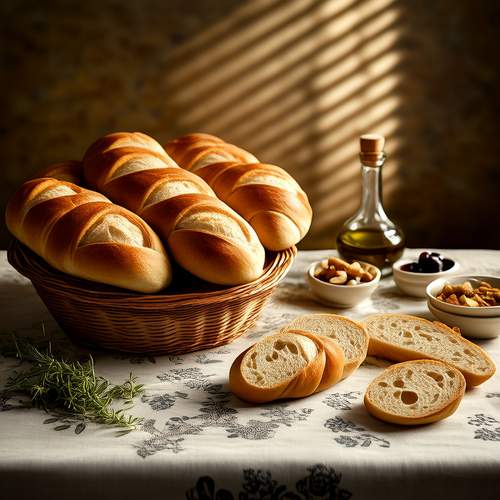
By /May 26, 2025
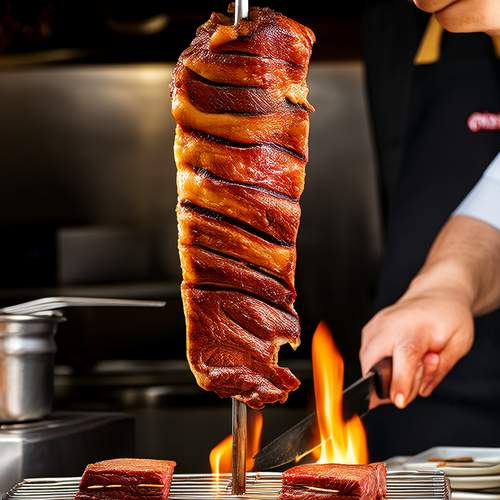
By /May 26, 2025
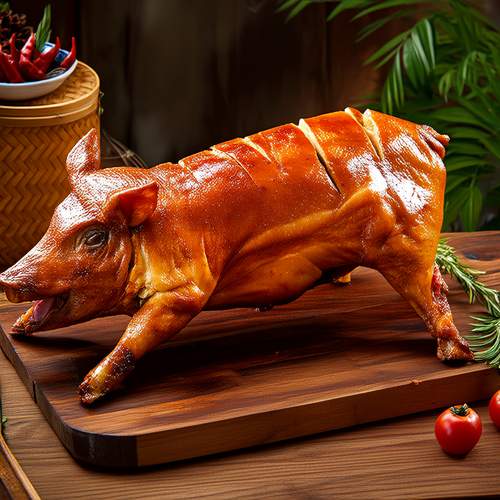
By /May 26, 2025
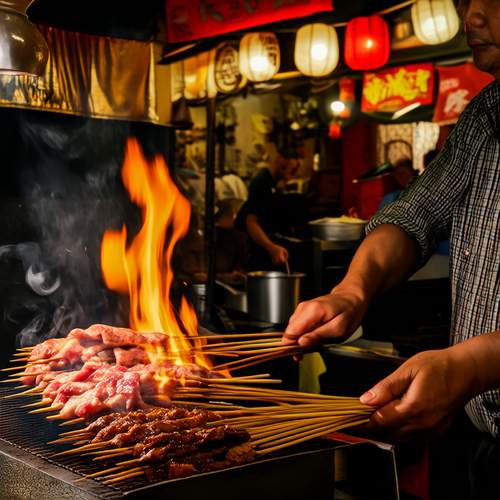
By /May 26, 2025

By /May 26, 2025
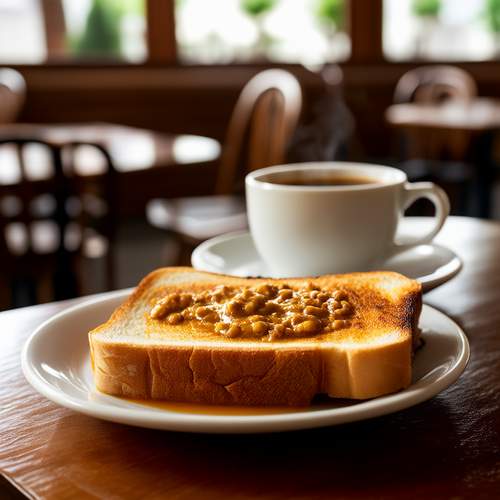
By /May 26, 2025
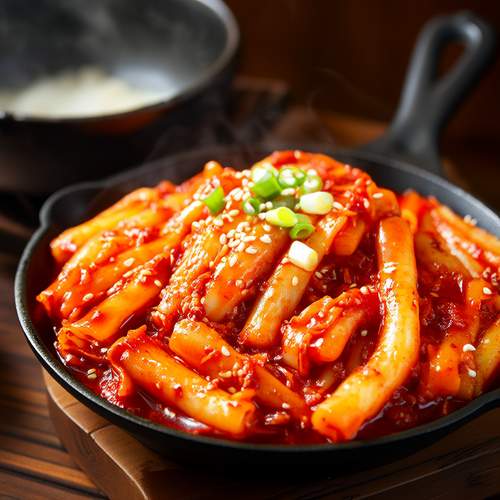
By /May 26, 2025
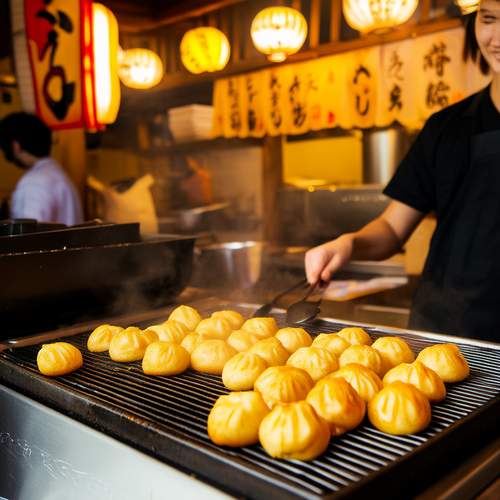
By /May 26, 2025

By /May 26, 2025
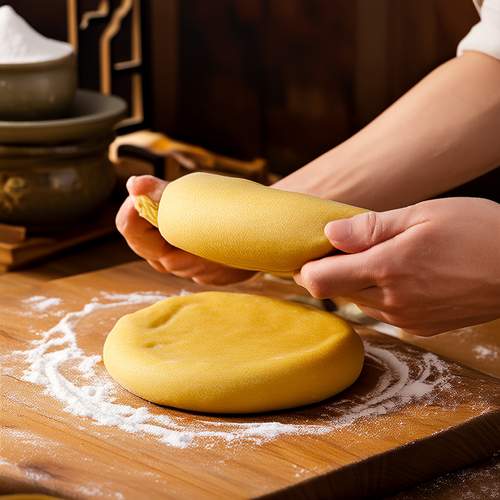
By /May 26, 2025